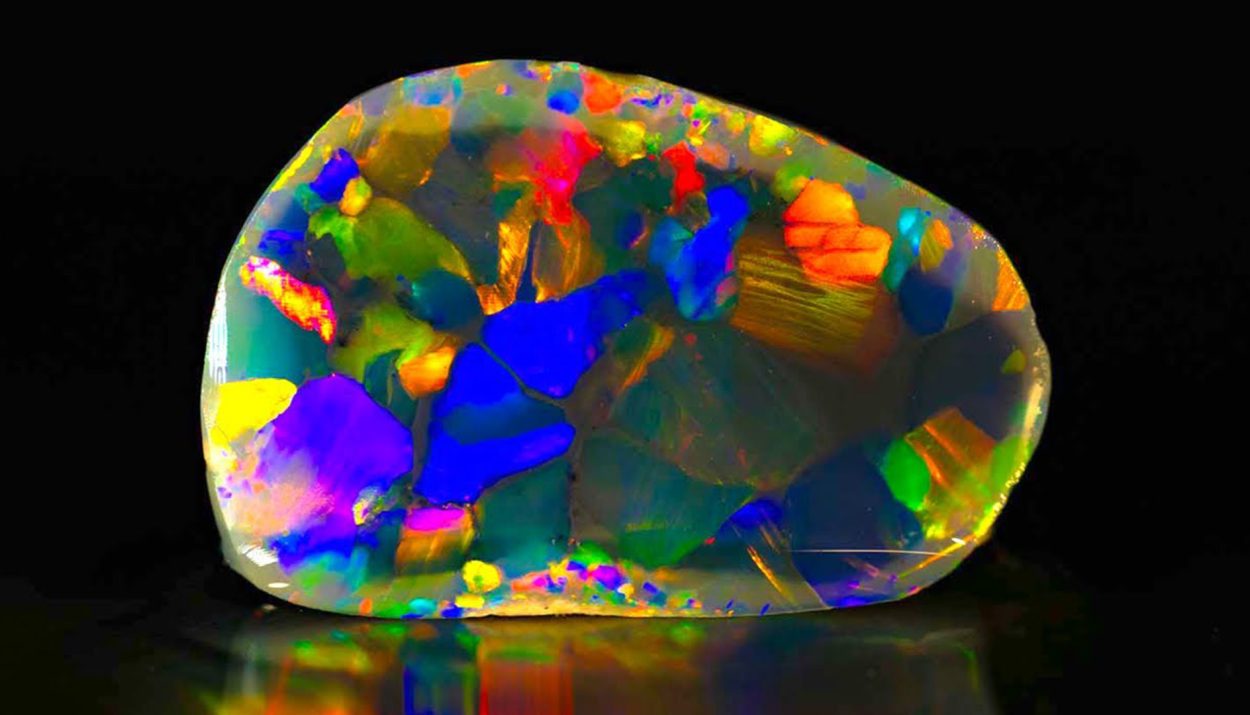When we think about rare gemstones, we usually defer towards diamonds (even though they aren’t rare). Yet there are a lot of rare gemstones that most people have never heard about but are even rarer and more expensive than the ones we know. Let’s explore the world of rare gems in more detail.
Emeralds

Many people have heard of emeralds, but few realize how rare they are. These stunning green-colored stones make up a small portion of the gems bought and sold yearly. They can be pretty expensive, with the average price of an emerald going for $8,000.
However, the price of an emerald is predicated on how good the gemstone’s surface is. A flawless emerald, for example, will command a much higher price on the market than one with imperfections on or below the surface.
Jadeite
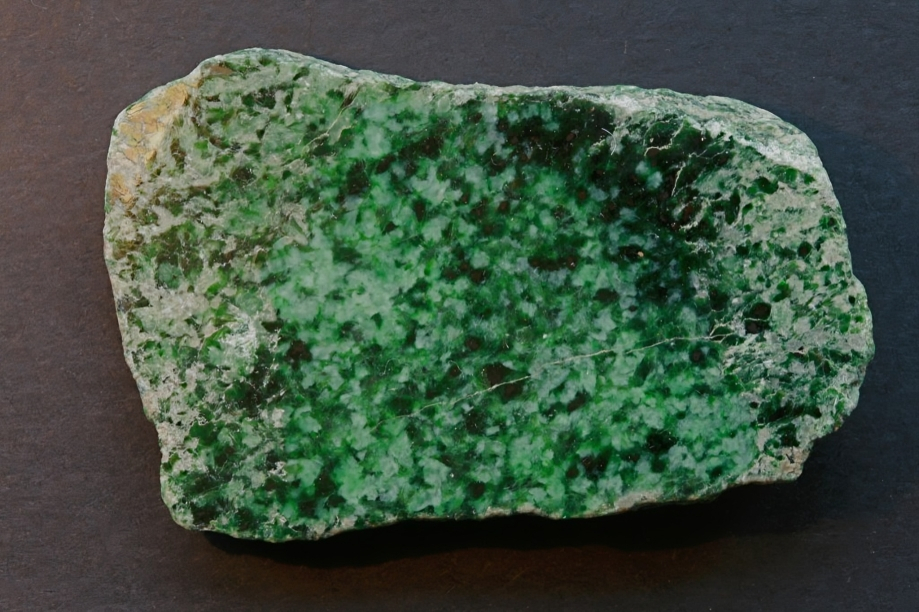
Many of us have heard of jade, which comes in several varieties. Jadeite is the rarest and most desirable of these varieties. Jade itself is not an expensive gemstone, but this variant is much rarer than any other jade and, as a result, commands a significantly high price point.
Jadeite is far more expensive than most people can afford, with some pieces selling for over a million dollars per carat. For those who love jade but can’t pay those kinds of prices, nephrite or jade dupe adventurine have similar traits but are much less expensive.
Taaffeite

Some gems look a lot like others, and it’s hard to distinguish between them sometimes. In 1945, Richard Taaffe ordered a selection of spinels but was surprised when some of the samples didn’t react the way spinels do to light. He sent them off for testing.
The test revealed that he had a new gemstone on his hands. Taaffeite is one of the rarest gemstones you’ll find. While it looks like amethyst, it’s much harder than that gemstone. On average, Taaffeite goes for around $2,500 per carat.
Benitoite
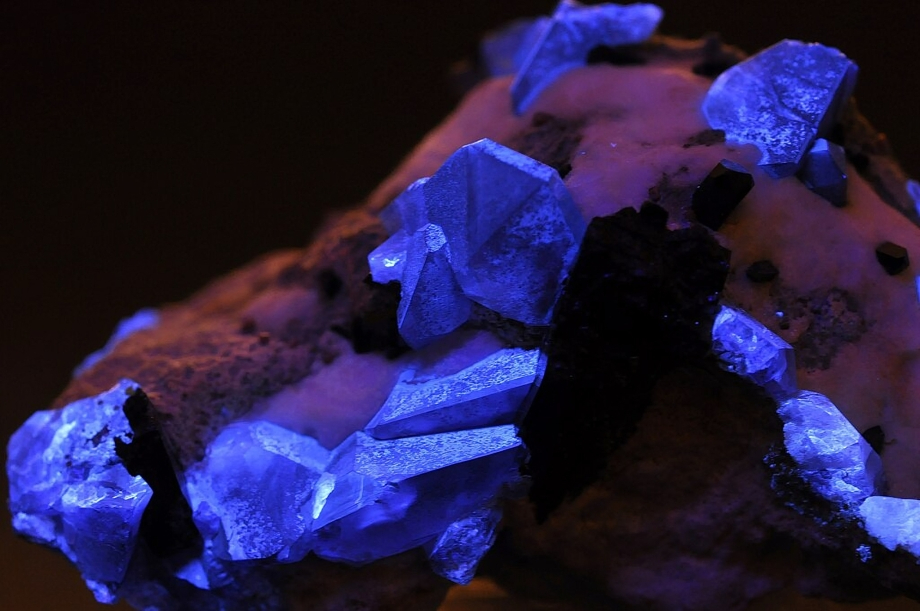
Sometimes, the rarity of a gemstone is based on how many places it can be found. In this case, Benitoite has only ever been located in San Benito County, California. This gemstone is another that has been misidentified as spinel in the past, but eventually, it was reexamined and classified correctly.
Buying Benitoite is a tricky process, and since it’s such a rare stone, you’ll probably have to pay quite a lot for it. They’re also tiny, with stones coming in at around 3 carats at most. You might be paying as much as $3,800 per carat for the larger stones, but the smaller stones reduce that price significantly.
Musgravite

It’s okay if you’ve never heard of this one, even if you’re into gemstones. Musgravite is probably the rarest gemstone in the world. Discovered in 1967, naturally occurring deposits can be found today in the Musgrave Ranges in Australia (where it gets its name from), Madagascar, and Greenland.
Since this stone is so rare, it’s not very likely for someone to just stumble across this stone. Because it resembles taaffeite so much, it can be hard to distinguish between them, even though musgravite is rarer. You should send it to a gemology lab for confirmation. The per-carat price for musgravite is a whopping $35,000.
Alexandrite

This is an enchanting stone that is also the birthstone for people who are born in June. The refraction of light inside alexandrite makes it look green in sunlight or red under incandescent bulbs. It was discovered in 1830 in the Urals mountain range in Russia. It takes its name from the Russian Czar Alexander II.
There are many qualities of Alexandrite, but the highest quality stones remain rare. Many stones that purport to be genuine alexandrite are actually synthetics. They refract light differently, showing blue under sunlight and purple under incandescent lights. Per carat, alexandrite can cost as much as $12,000.
Red Beryl
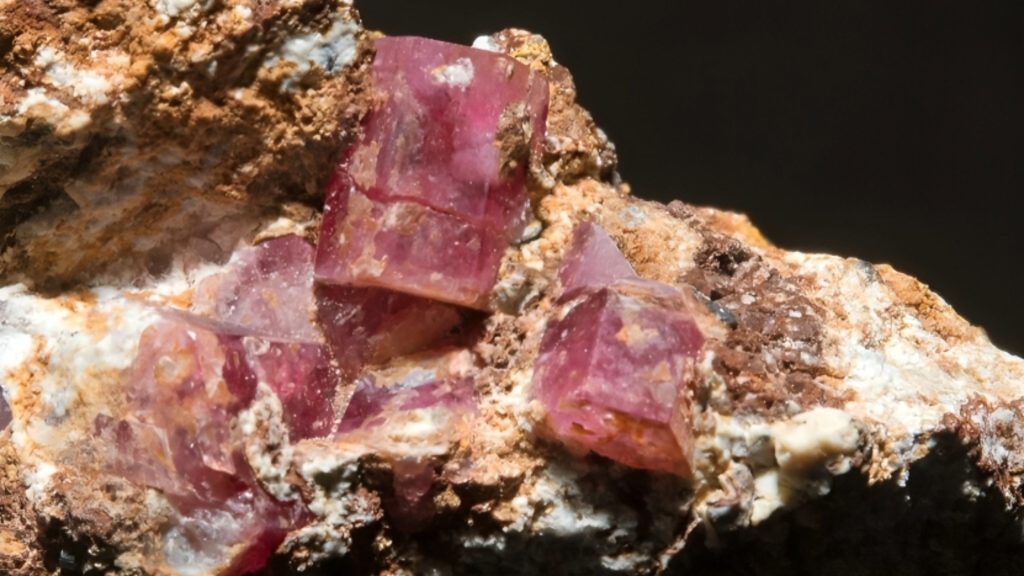
Beryl is a relatively common gemstone, but this variant is among the rarest stones in existence. It has only ever been found in Utah and New Mexico, limiting its circulation on the open market. It was discovered in 1904, and while both Utah and New Mexico produce it, only Utah has managed to mine gem-quality red beryl.
Like emeralds mentioned above, red beryl typically has a few imperfections, but these don’t really impact how much you’re likely to pay for one. Some synthetic red beryls look a little too pristine to be authentic. Typical cut red beryl stones are below one carat, and the per-carat cost of these gets to $10,000.
Black Opal
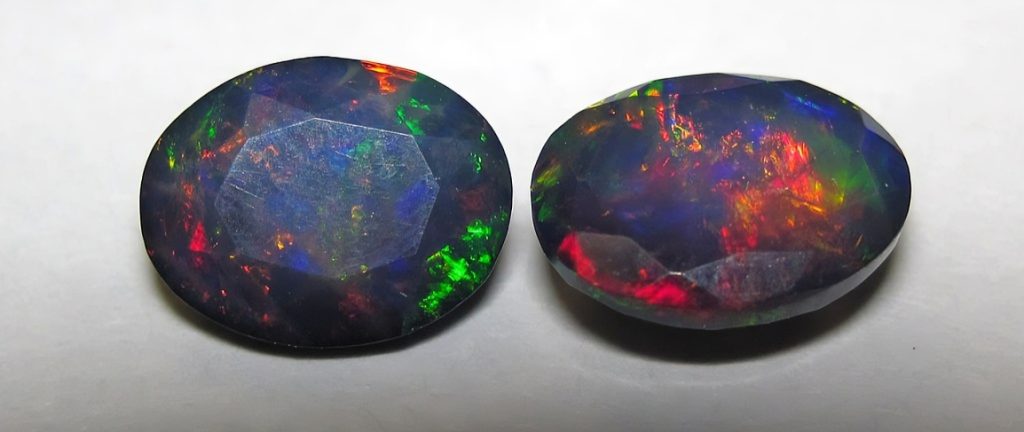
Here’s another variant of a well-known gemstone. Black opals are the rarest type of opals on the open market. Its rarity comes from the fact that most of the world’s supply only comes from a single source – Lightning Ridge, New South Wales, Australia.
While the name “black opal” is usually a misnomer (they come in various colors), they tend to lean towards the darker shades. It’s also easy to make passable synthetics for these, so there are many fake ones on the market. A genuine black opal could go for $3,500 per carat.
Tanzanite
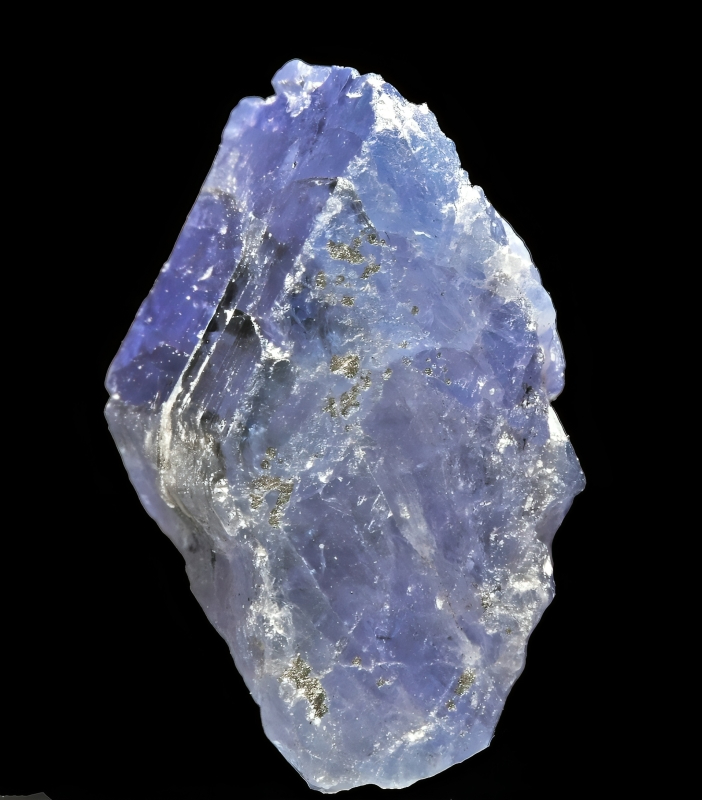
This brilliant gemstone is another one that only has a single source to get them. Found in 1967 by a Masai tribe member in Northern Tanzania, this blue gem is a variant of zoisite. It’s one of the official birthstones of December, and it’s so rare that the complete supply could be depleted in two to three decades.
In its most brilliant color, it resembles blue sapphire, although it tends to be far more expensive than any sapphire. It’s hard enough for regular, everyday wear, and while costly, it’s not ridiculous. The cost per carat for a tanzanite stone is around $1,200.
Gems Can Be Ridiculously Expensive
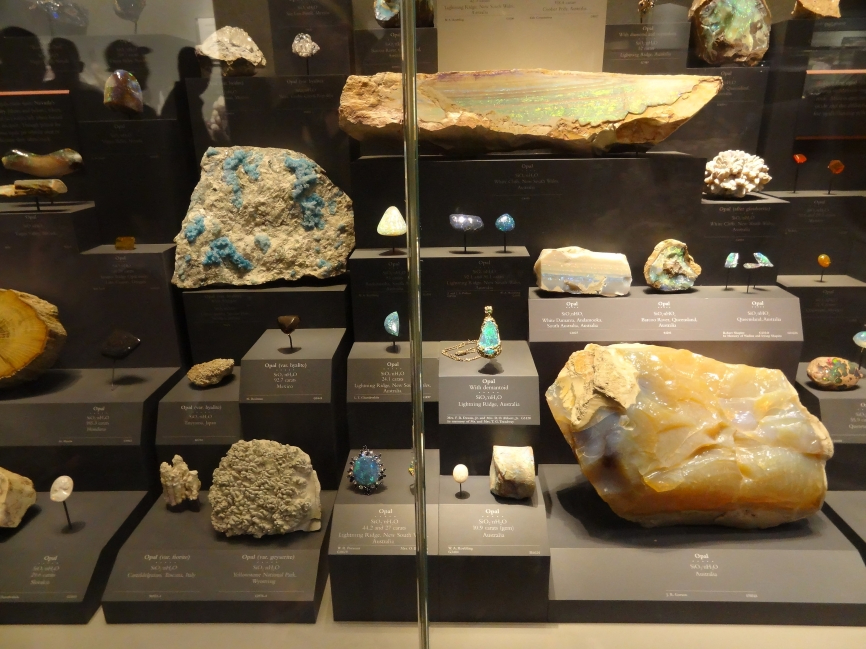
This list of rare gemstones should show you that finding a shiny rock could mean something special. Many of these gemstones are rare because they have a limited supply. While synthetics can sometimes handle the demand, that’s not always true.
The supply of some of these is so limited that they might run out in our lifetime. That means the price for them will simply continue to go up. The next time you see a shiny rock somewhere, be sure to collect it and maybe send it in for testing. Who knows, you might have found a costly gemstone!

